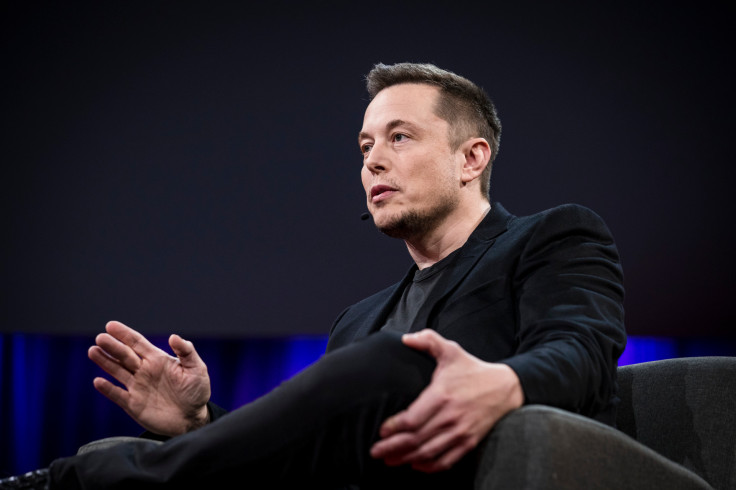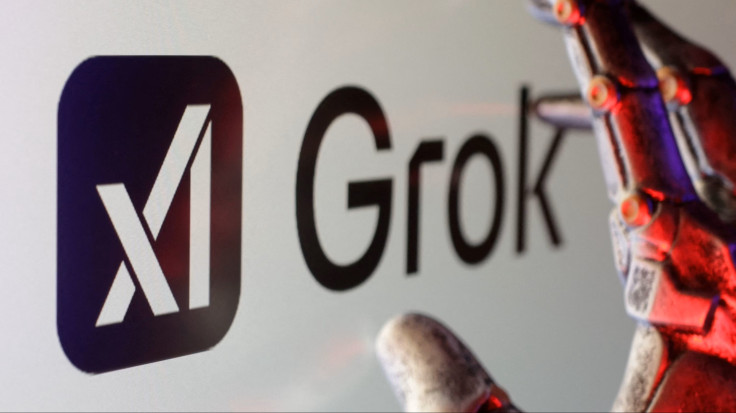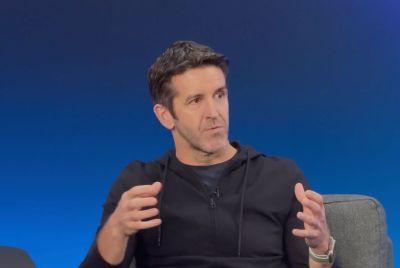Elon Musk Reveals Grok 5 Coming in 2026 With a Jaw-Dropping 6 Trillion Parameters
Musk says Grok 5 arrives in 2026 with a staggering 6 trillion parameters — a huge leap for xAI's next-generation model

Elon Musk has confirmed that Grok 5, the next major release from his AI company xAI, is now in training and scheduled to launch in early 2026.
Speaking at the Baron Capital annual investment conference, Musk told investors the upcoming system will be 'the smartest AI in the world by a significant margin', boasting a staggering 6 trillion parameters — double the size of Grok 3 and Grok 4.
The announcement has sent shockwaves through the tech industry, positioning Grok 5 as one of the largest and most ambitious artificial intelligence models ever attempted.
What Makes Grok 5 Different
Unlike earlier models, Grok 5 is designed to operate with real-time multimodal intelligence, integrating text, images, video and audio into a single framework. This means the AI will be able to understand and respond across multiple formats simultaneously, a feature Musk believes will set it apart from competitors.
Grok 5 has 6 trillion parameters.
— AKHIL (@Akhi_l__) November 15, 2025
The earlier model, Grok 4, had 3 trillion parameters.
This means the new model was trained on double the data.
It is more intelligent than Grok 4.
Grok 5 will have the capability to understand all types of media very well (pictures, video,... pic.twitter.com/IA5ZWjR8Az
According to Musk, Grok 5 will also feature higher intelligence density, a term he used to describe the efficiency of the model's reasoning capabilities. He suggested that this could bring the system closer to human-level intelligence, estimating a 10 per cent chance of achieving such a milestone.
Industry Reaction: Praise, Hype and Rising Expectations
The announcement drew enthusiastic reactions from tech leaders, including Michael Dell, CEO of Dell Technologies, who publicly thanked Musk on X (formerly Twitter).
Dell wrote: 'The Grok 5 model has a massive 6 trillion parameters plus much higher intelligence density. 2026 is going to be exciting! Thanks @elonmusk!'
He emphasised the potential for Grok 5 to transform enterprise computing, primarily as businesses increasingly rely on systems capable of integrating multimodal data in real-time.
Investors at the conference were similarly animated. Musk's claim that Grok 5 will surpass every competing AI model has fuelled speculation about its possible uses — from robotics and automated research to large-scale analytics and AI-driven engineering.
Understanding the Scale of Six Trillion Parameters

With 6 trillion parameters, Grok 5 sits among the largest AI models ever announced.
Parameters act as the neural network's adjustable internal weights, enabling it to learn patterns, solve problems, and generate responses. The more parameters, the greater the model's capacity to reason across complex tasks.
For context, GPT-4 is estimated to have around 1 trillion parameters (though this has never been officially confirmed). Grok 5 would therefore dwarf many current systems, raising questions about compute demands, training feasibility and long-term deployment costs.
The Roadblocks Ahead
AI researchers caution that scaling to this magnitude comes with considerable challenges.
Training a 6-trillion-parameter model requires enormous amounts of:
- Compute power
- Energy resources
- High-quality data
- Safety-aligned oversight
Bias, hallucinations and the transparency of decision-making remain significant hurdles.
Musk acknowledged these concerns, saying xAI intends to train Grok 5 on 'higher-quality datasets' and deploy stronger safety features to reduce errors and unpredictability.
If successful, the model could pioneer breakthroughs across diverse sectors — from autonomous transport and medical diagnostics to education, national security, and scientific modelling.
Regulation, Oversight and the Future of Grok
As AI systems grow more capable, calls for regulation are intensifying.
Grok 5's scale raises familiar yet unresolved questions:
- How should ultra-powerful AI models be governed?
- Who is accountable for misuse?
- What transparency standards should be required?
- How will governments respond to near-human intelligence claims?
Musk framed Grok 5 as a step toward 'building brilliant machines', but its success may ultimately hinge not just on technical milestones, but on public trust and regulatory scrutiny.
© Copyright IBTimes 2025. All rights reserved.





















